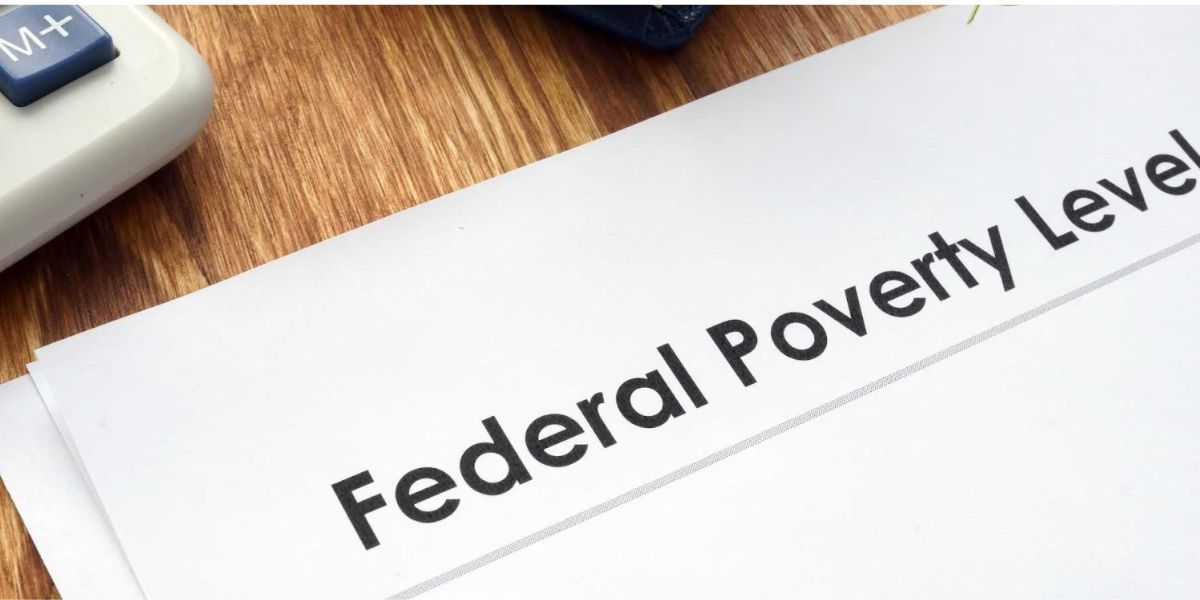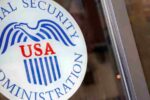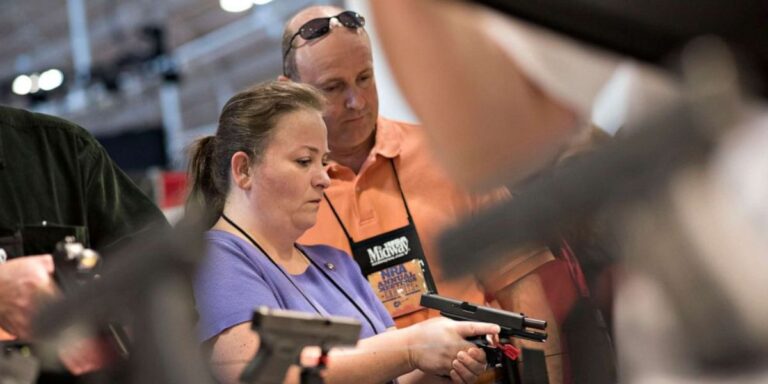The poverty rules, which are used to assess financial eligibility for a number of assistance programs, such as Medicare Savings Programs (MSPs) and Extra Help for Medicare Part D, are updated annually by the federal government.
The Department of Health and Human Services (HHS) issues these recommendations, which are sometimes called the federal poverty level (FPL) and take into account variations in the cost of living.
Medicare benefits and federal poverty levels in 2025
The 2025 FPL is a key factor in determining who is eligible for financial aid for Medicare-related costs and is based on price increases through 2024.
Certain programs can assist in paying for premiums, deductibles, and co-payments for Medicare recipients with low incomes and resources.
These programs’ eligibility is based on income as a percentage of the FPL and, in certain situations, asset limits.
For those looking for financial assistance through Medicare, it can be crucial to comprehend these thresholds.
100% of the FPL is established at an annual income of $15,650 for an individual and $21,150 for a two-person household in the continental United States, according to the 2025 poverty rules, which set income restrictions based on household size.
Because living expenses are higher in Alaska and Hawaii, these numbers rise for their citizens.
Certain FPL percentages are used by Medicare assistance programs to assess eligibility
100% FPL: Those who make less than this amount are eligible for the Qualifying Medicare Beneficiary (QMB) program, which pays for the co-pays, deductibles, and premiums for Medicare Parts A and B. This cap is also applied to Medicaid eligibility in some states.
Protect Your Social Security Benefits: New Requirements Coming in April 2025
135% FPL: Individuals with incomes below this threshold may be eligible for the Qualifying Individual (QI) and Specified Low-Income Medicare Beneficiary (SLMB) programs, which pay the Medicare Part B premium, as well as Medicare Part D’s Extra Help program, which pays prescription medication costs.
150% FPL: The Extra Help full subsidy, which guarantees lower out-of-pocket prescription prices, has an income maximum of 150% FPL.
200% FPL: People who lost their Medicare coverage because of their job can regain it through the Qualified Disabled and Working Individuals (QDWI) program.
The former tiered system has been abolished, and all eligible individuals now get full Extra Help benefits thanks to the Inflation Reduction Act.
Medicare enrollees can optimize their savings and get the care they require by being aware of these income constraints.
This Information has been sourced from Marca.







Leave a Comment